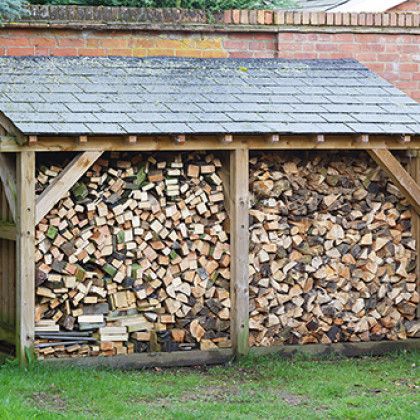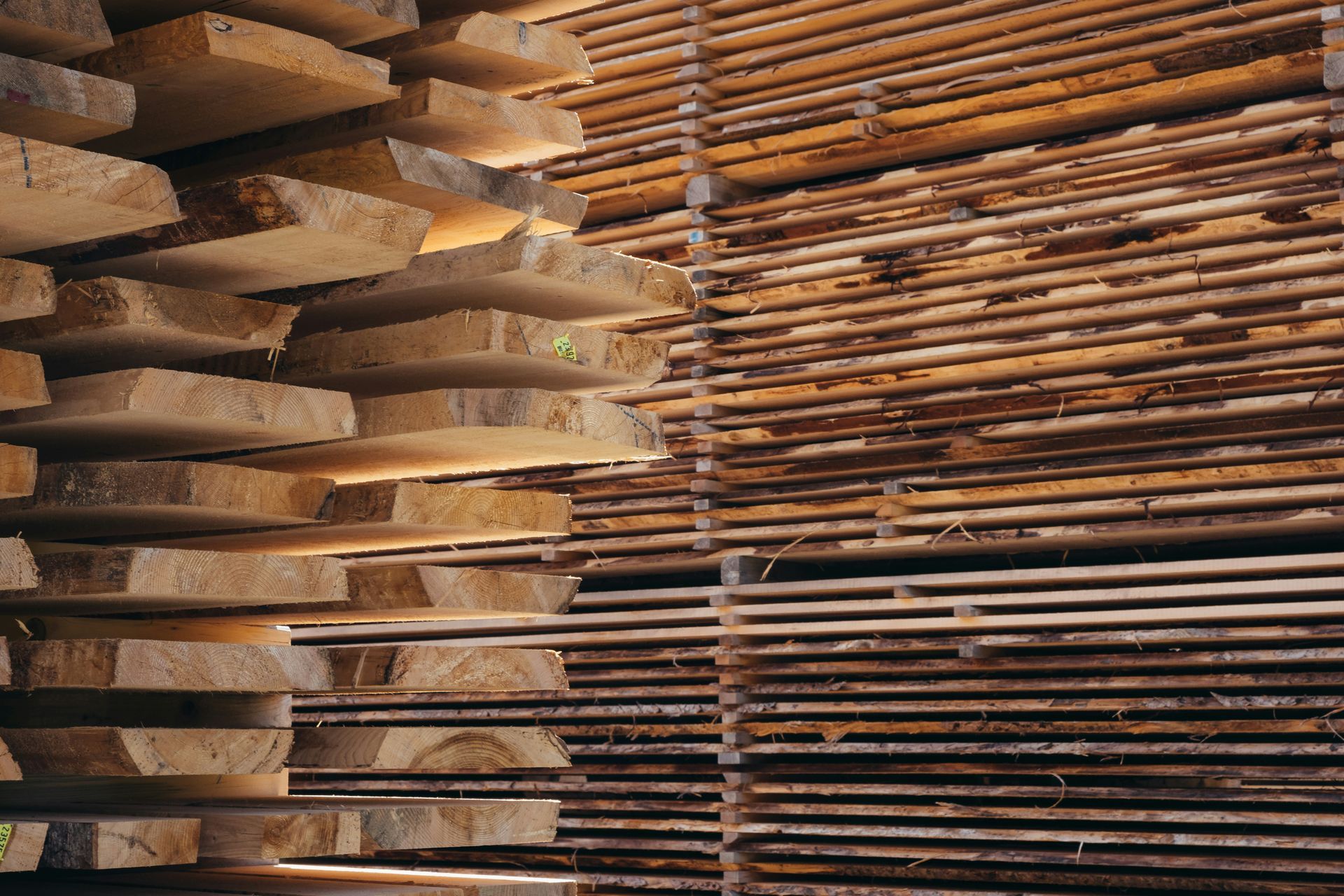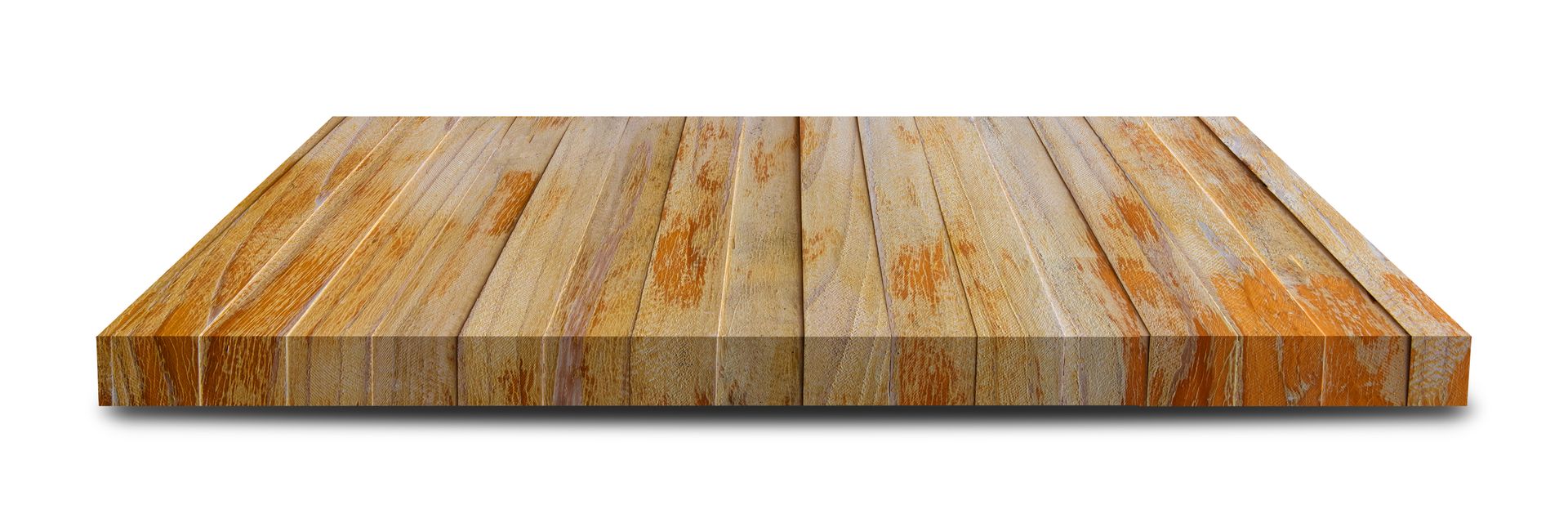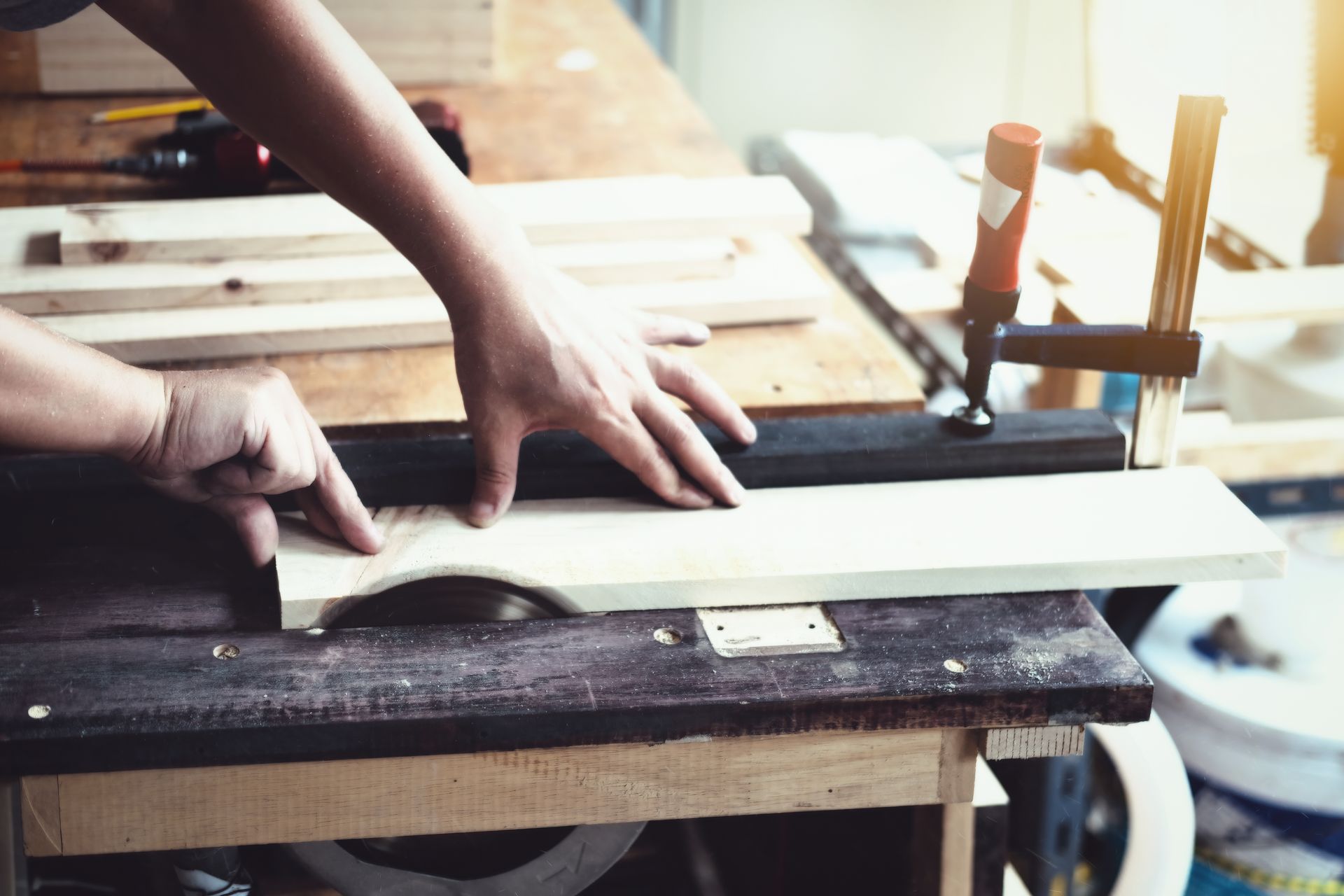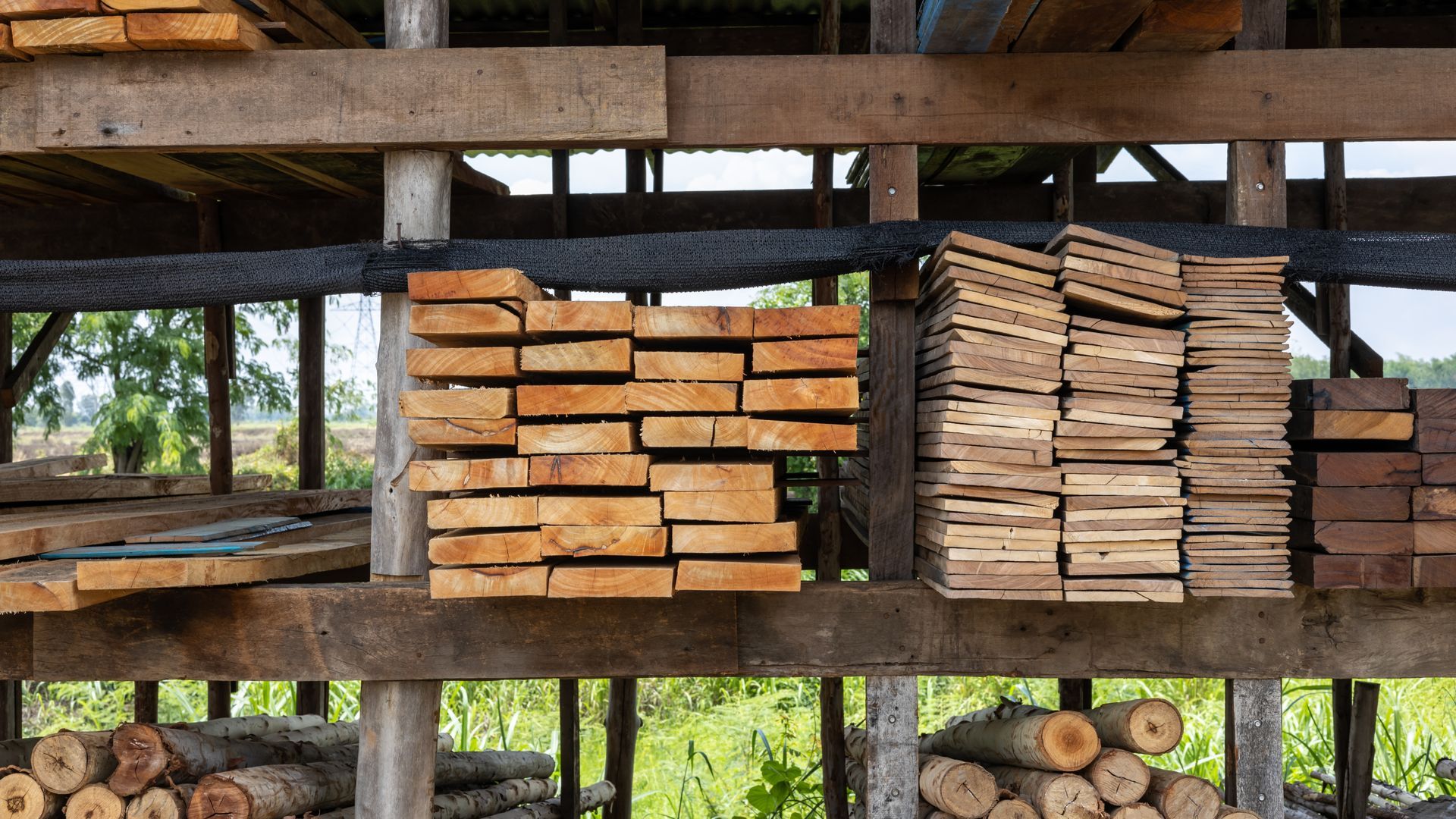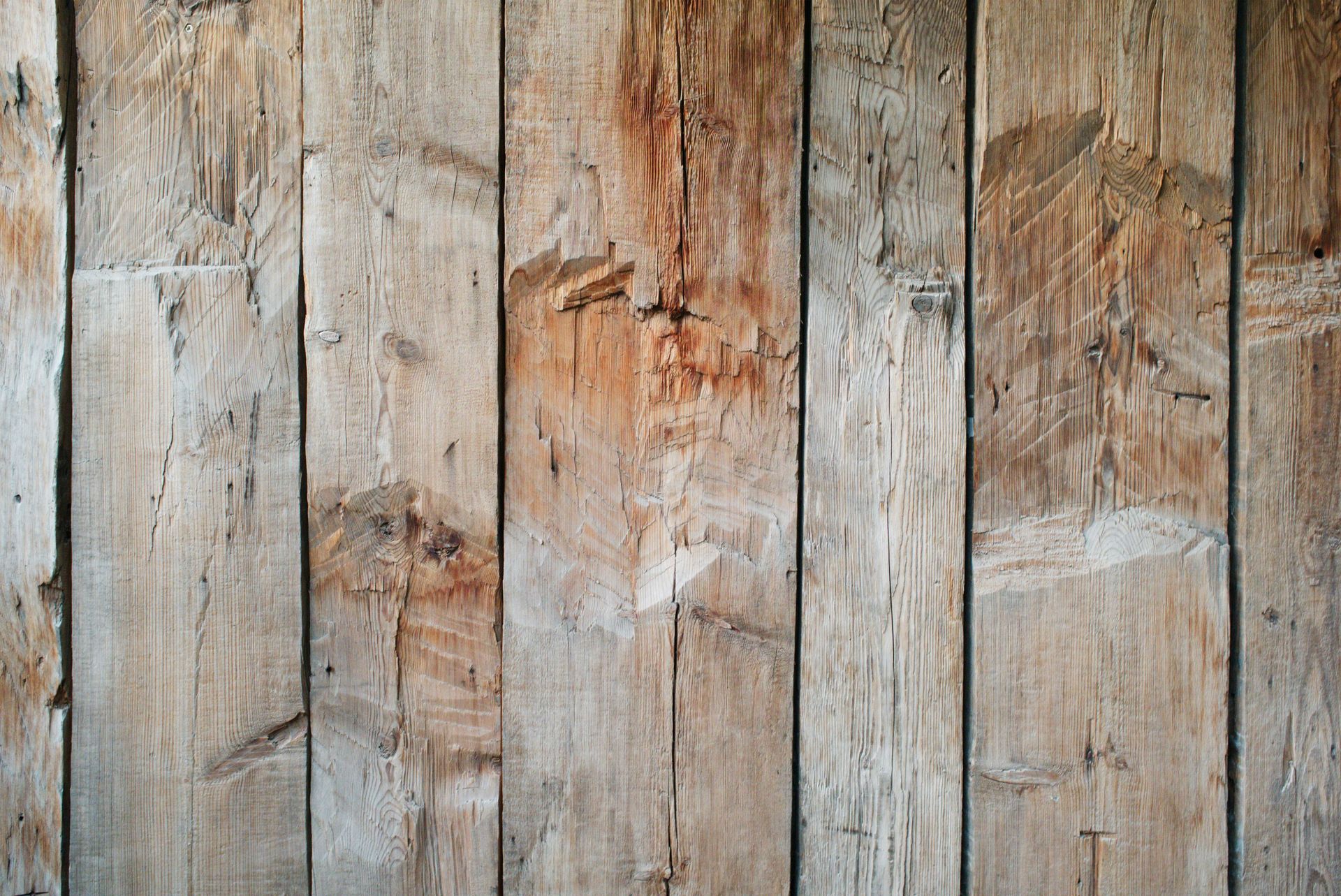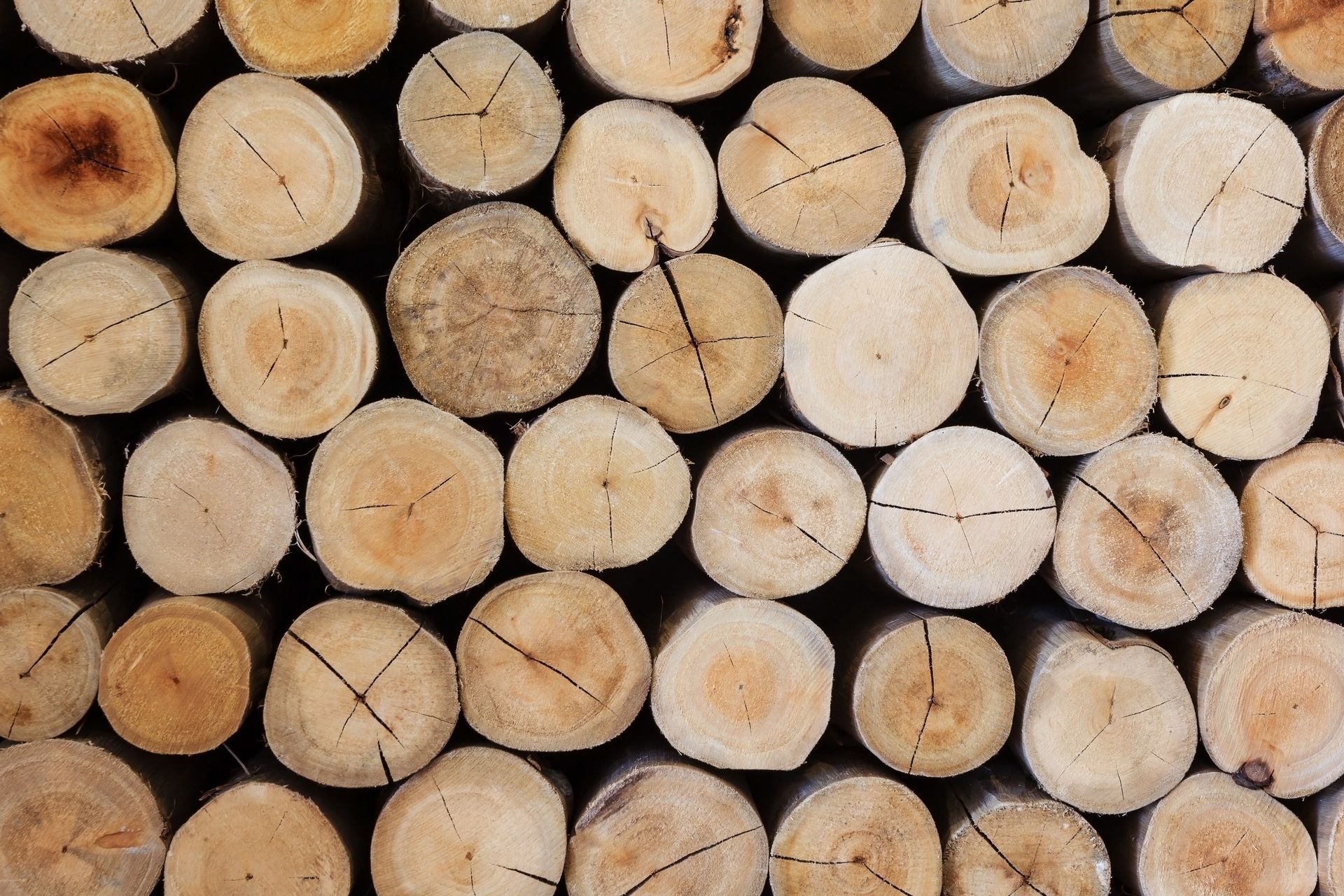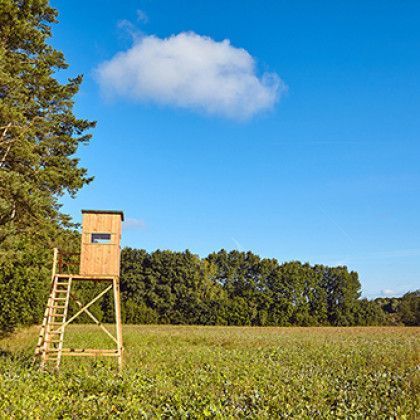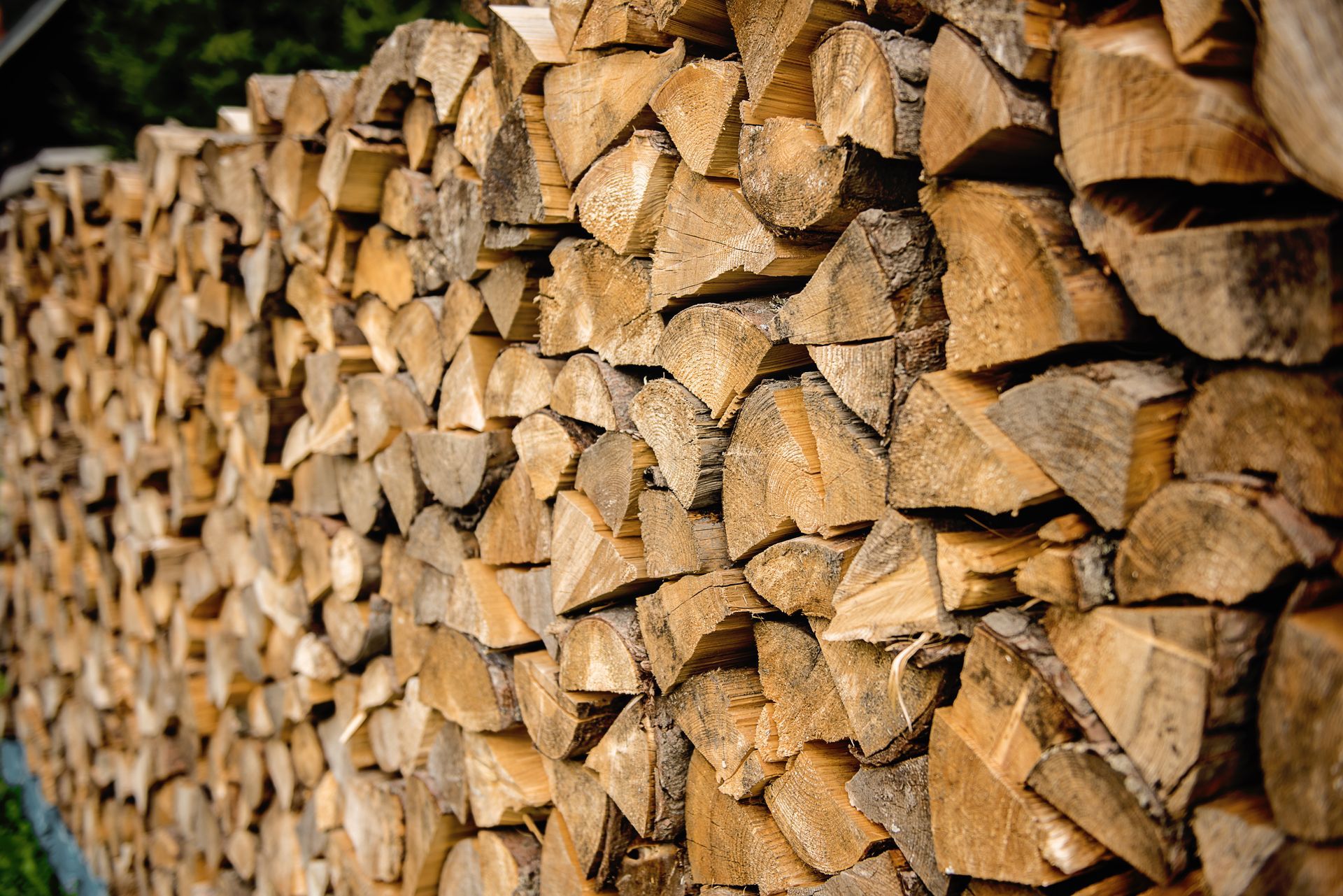Exploring the Different Grades of Lumber: A Guide from Potterville Sawmill, LLC
Nestled in the heart of Charlotte, MI,
Potterville Sawmill, LLC is your trusted local sawmill, offering a variety of high-quality lumber to meet all your construction and woodworking needs. Whether you're a professional contractor or a DIY enthusiast, understanding the different grades of lumber is crucial to selecting the right material for your project. In this comprehensive guide, we’ll explore the various grades of lumber, their characteristics, and ideal uses.
City skyline
The Basics of Lumber Grading
Lumber grading is a system used to classify wood based on its quality and appearance. This classification ensures that the wood meets specific standards for different applications. Grading takes into account several factors, including:
- Knot size and frequency: Knots are natural imperfections in wood, and their size and number can affect the wood's strength and appearance.
- Grain: The alignment and pattern of wood fibers, which can impact the wood's stability and aesthetic appeal.
- Defects: Other imperfections such as splits, checks, and wane (the presence of bark or absence of wood).
The primary purpose of lumber grading is to provide consistency and reliability, ensuring that builders and woodworkers can select the appropriate grade for their specific needs.
Understanding Softwood Grades
Softwood lumber, typically sourced from coniferous trees like pine, fir, and spruce, is graded based on both visual and structural criteria. The most common softwood grades include:
1. Select Structural (SS)
Select Structural is the highest grade of softwood lumber, featuring minimal knots and defects. This grade is ideal for applications requiring exceptional strength and durability, such as structural framing and load-bearing structures.
2. No. 1 and No. 2
No. 1 grade lumber has fewer and smaller knots compared to No. 2. Both grades are suitable for framing, but No. 1 is often used where a higher aesthetic quality is desired. No. 2 grade lumber is more economical and still provides good strength for general construction purposes.
3. No. 3
No. 3 grade lumber has more and larger knots and defects. It's typically used for non-structural applications like shelving, fencing, and temporary structures where appearance is less critical.
4. Construction, Standard, and Utility
These lower grades are used for light framing, crating, and other applications where high strength is not required. They feature a higher frequency of defects and are generally more affordable.
Exploring Hardwood Grades
Hardwood lumber, sourced from deciduous trees such as oak, maple, and cherry, is primarily graded for appearance, especially for use in furniture, cabinetry, and flooring. The grading system for hardwoods includes:
1. Firsts and Seconds (FAS)
FAS is the highest grade of hardwood, offering the best appearance with minimal knots and defects. This grade is ideal for fine furniture and high-end cabinetry where aesthetics are paramount.
2. Select
Select grade hardwood has a similar appearance to FAS but may have a few more defects. It is suitable for furniture and cabinetry where some imperfections can be tolerated or hidden.
3. #1 Common
#1 Common grade hardwood has more knots and defects than Select grade but is still suitable for many furniture and cabinet projects, especially where a rustic or natural look is desired.
4. #2 Common
#2 Common grade hardwood is more economical and has a higher frequency of defects. It is often used for rustic furniture, flooring, and other applications where appearance is less critical.
Specialty Lumber Grades
Beyond the standard grades, there are specialty grades tailored for specific applications. These include:
1. Appearance Grades
Appearance grades are used for lumber that will be visible in the finished product, such as siding, trim, and decking. These grades prioritize the wood's aesthetic qualities, including color, grain, and the presence of knots.
'
2. Structural Grades
Structural grades focus on the wood's strength and stability, making them ideal for load-bearing applications. These grades are determined by mechanical testing to ensure the lumber meets specific strength requirements.
3. Cabinet Grades
Cabinet grades are specialized for the cabinet-making industry, providing a balance between strength and appearance. These grades often feature a smooth surface and minimal defects to ensure a high-quality finish.
Choosing the Right Grade for Your Project
Selecting the right lumber grade depends on your project's specific requirements. Here are some tips to help you choose:
- For Structural Projects: Prioritize strength and stability by choosing higher structural grades like Select Structural or No. 1.
- For Aesthetic Projects: Consider appearance grades or higher-quality hardwood grades like FAS or Select to ensure a beautiful finish.
- For Budget-Conscious Projects: Lower grades like No. 2 or No. 3 can provide adequate performance at a more affordable price.
At Potterville Sawmill, LLC, we offer a wide range of lumber grades to meet all your project needs. Our experienced team can help you select the best grade for your specific application.
Contact Potterville Sawmill, LLC for Custom Lumber in Charlotte, MI
Are you ready to start your next woodworking or construction project? Potterville Sawmill, LLC in Charlotte, MI, is here to provide you with high-quality lumber and expert advice. With our extensive selection of lumber grades, you can find the perfect material for any project.
Contact us today at
(517) 231-7436 to learn more about our
products and services. We build
rough-sewn sheds,
deer blinds, and more. Our friendly and knowledgeable staff is ready to assist you with all your lumber needs. Let us help you bring your project to life with the best lumber in town!
FAQs
What is the difference between softwood and hardwood?
Softwood comes from coniferous trees, while hardwood comes from deciduous trees. Softwood is typically used for structural and framing purposes, while hardwood is preferred for furniture and cabinetry due to its aesthetic qualities.
How is lumber graded?
Lumber is graded based on various factors, including knot size and frequency, grain, and defects. These factors determine the wood's strength, appearance, and suitability for different applications.
What grade of lumber should I use for framing?
For framing, higher structural grades like Select Structural or No. 1 are recommended due to their strength and stability. No. 2 grade lumber can also be used for general framing purposes.
Can I use lower grades of lumber for furniture?
Yes, lower grades like #1 Common or #2 Common can be used for furniture, especially if you're going for a rustic or natural look. However, higher grades like FAS or Select are preferred for fine furniture due to their superior appearance.
How can I ensure I'm choosing the right grade of lumber?
Consult with experienced professionals like the team at Potterville Sawmill, LLC. We can help you understand the different grades and recommend the best option for your specific project.
